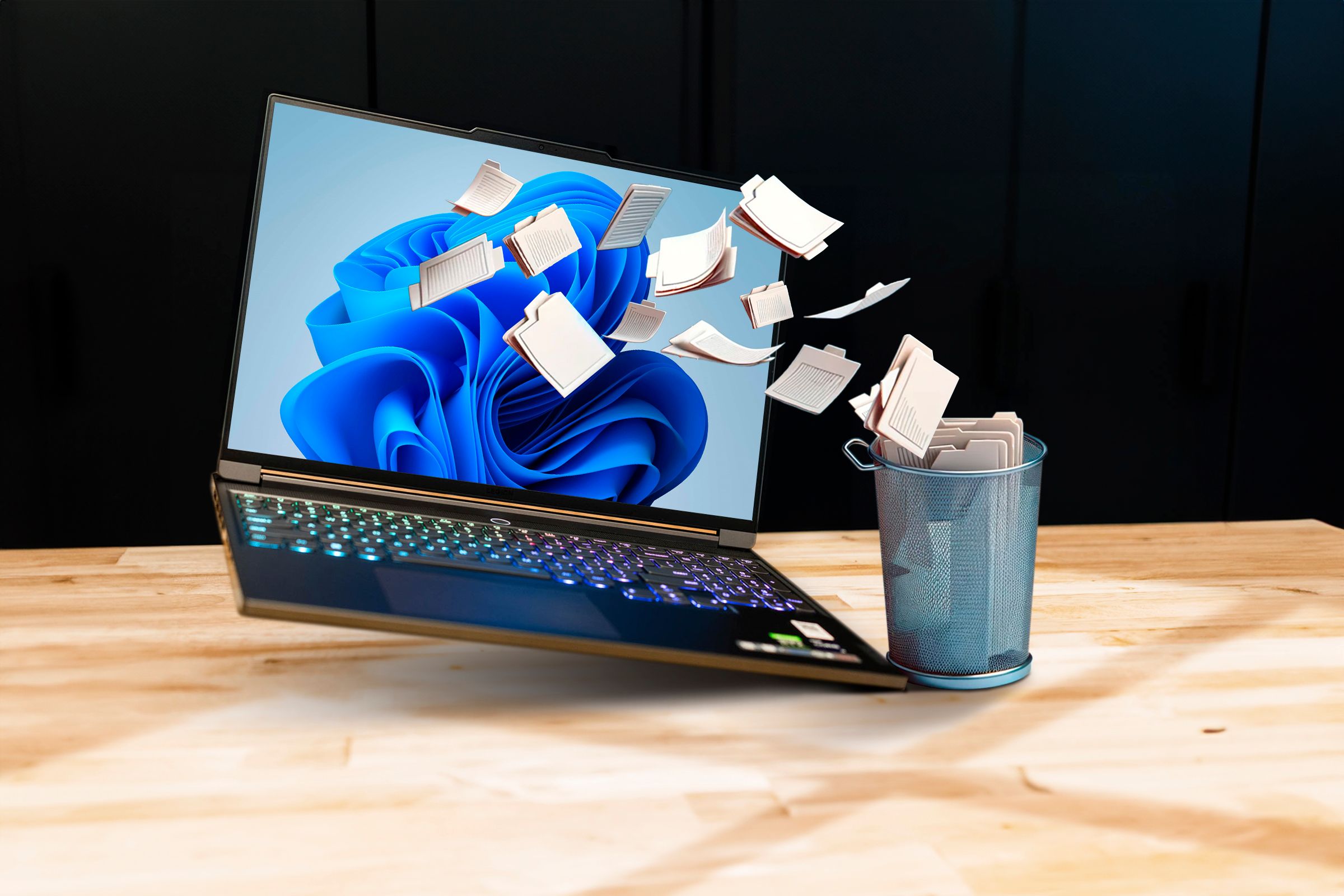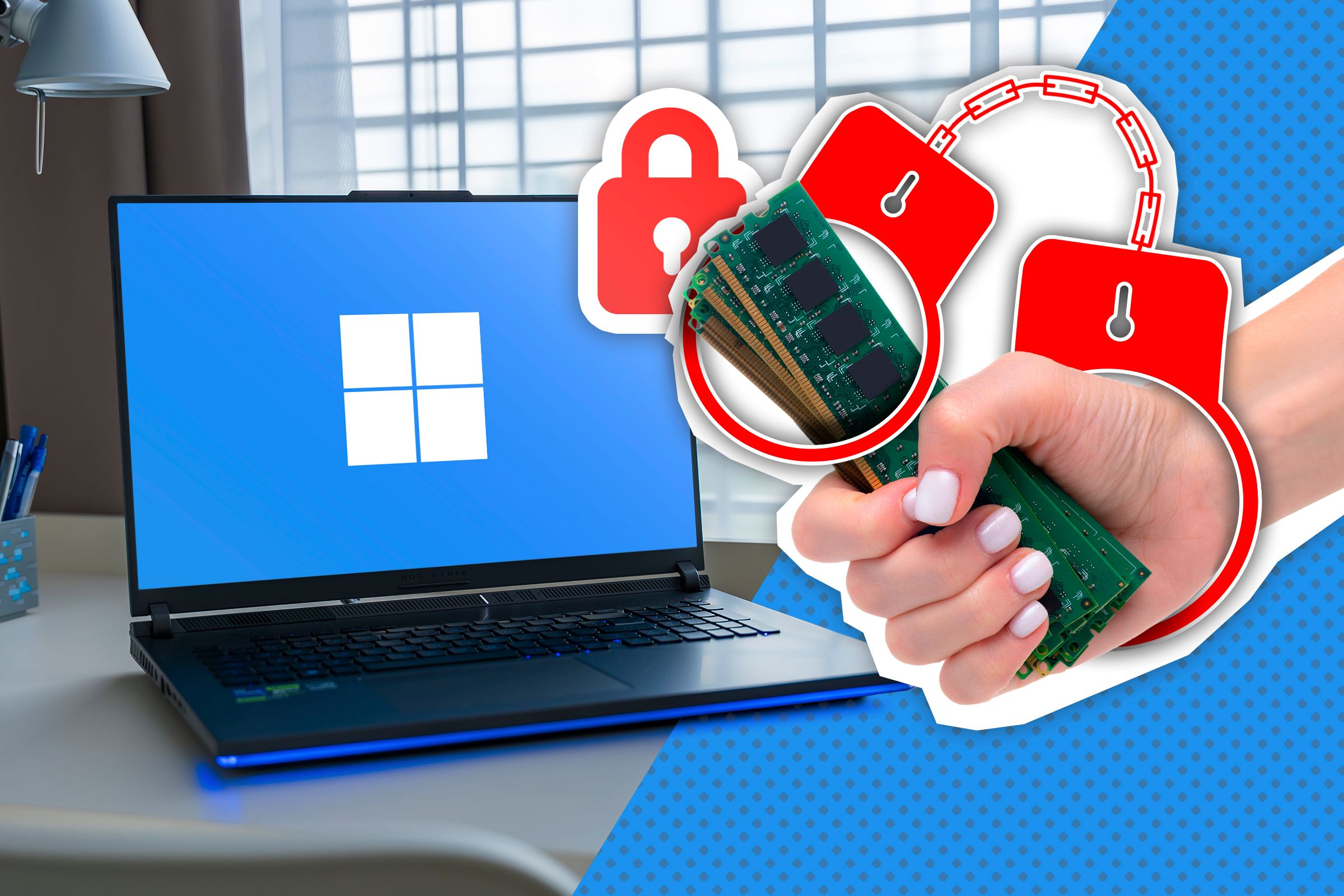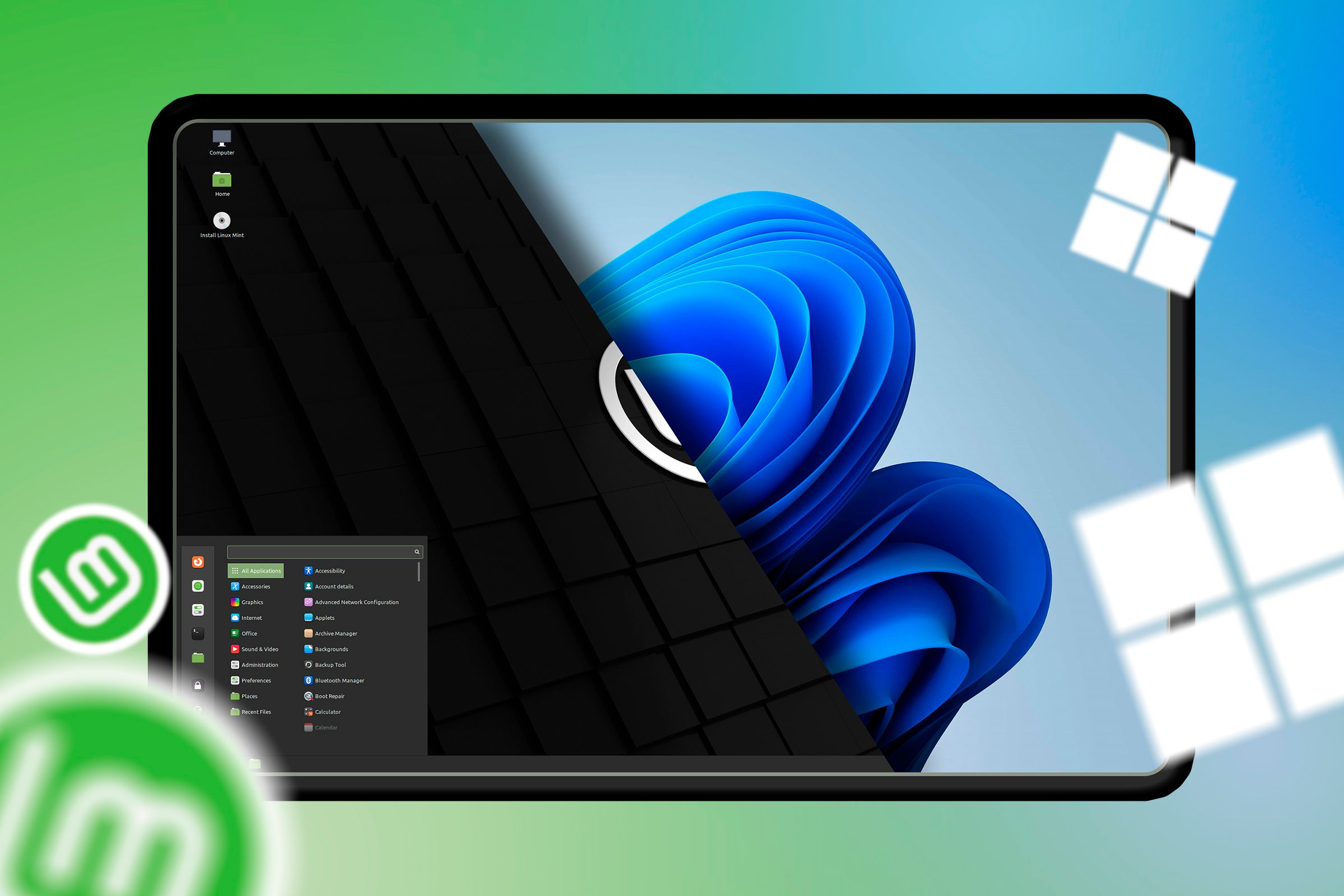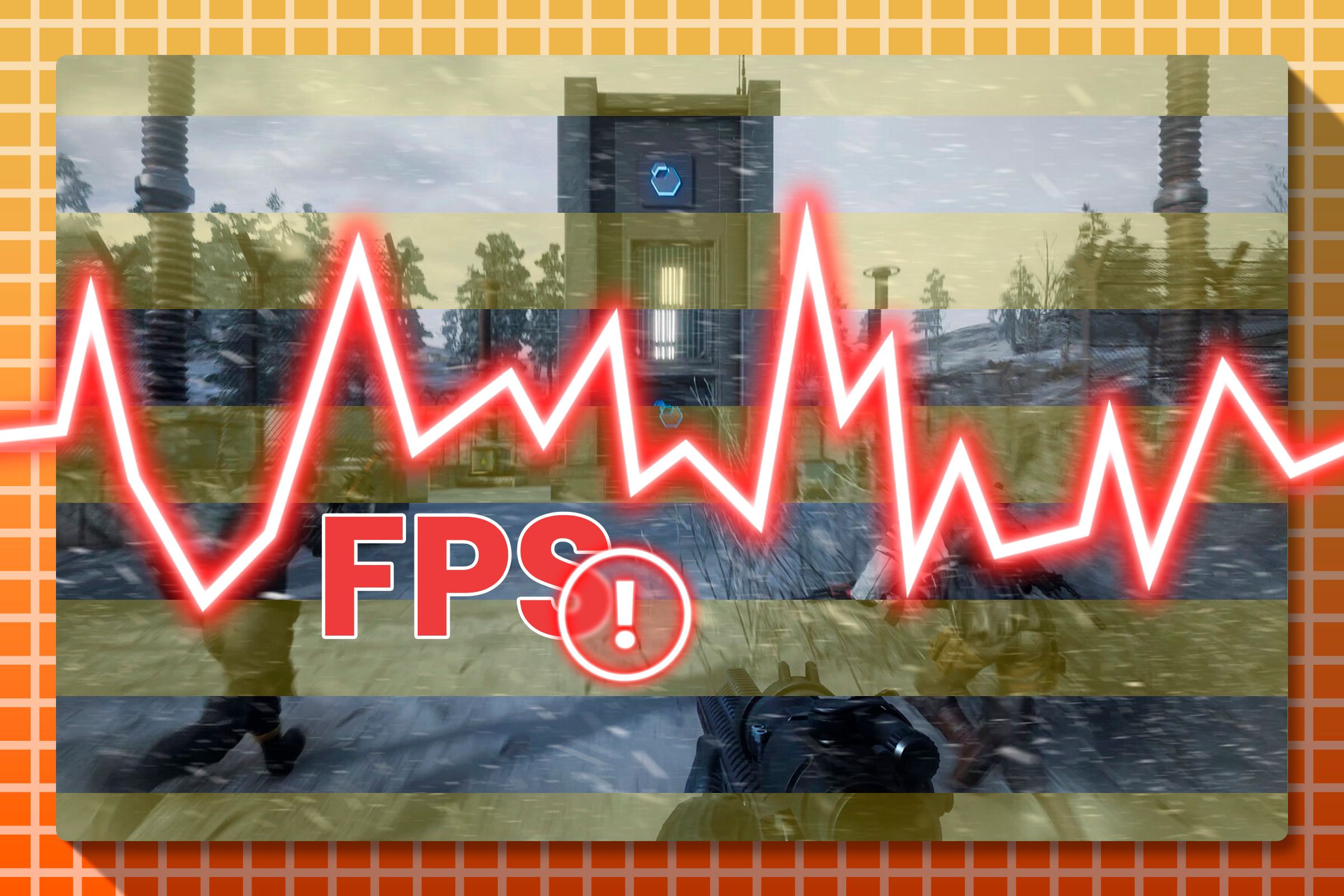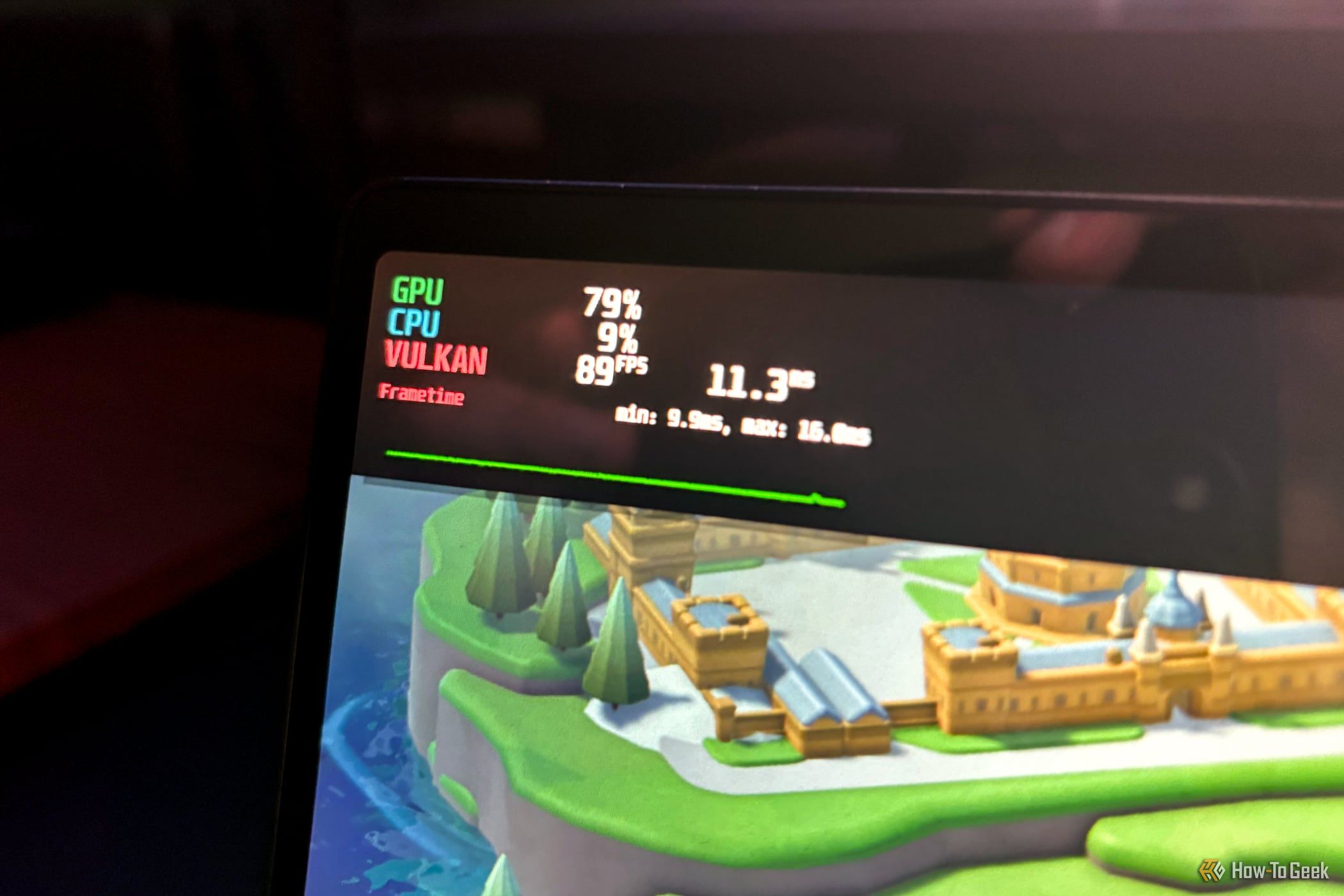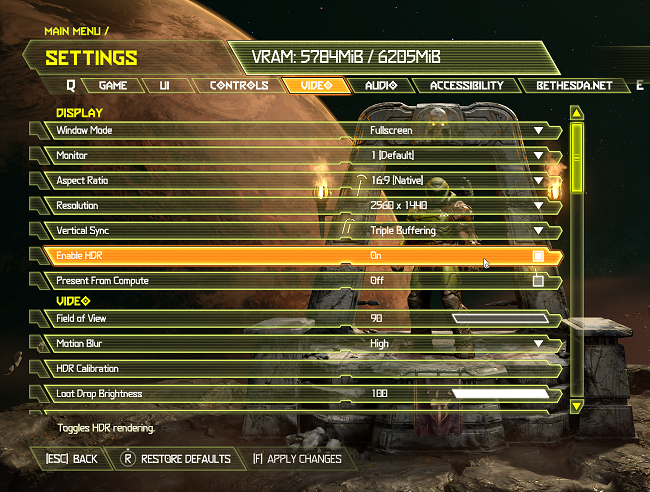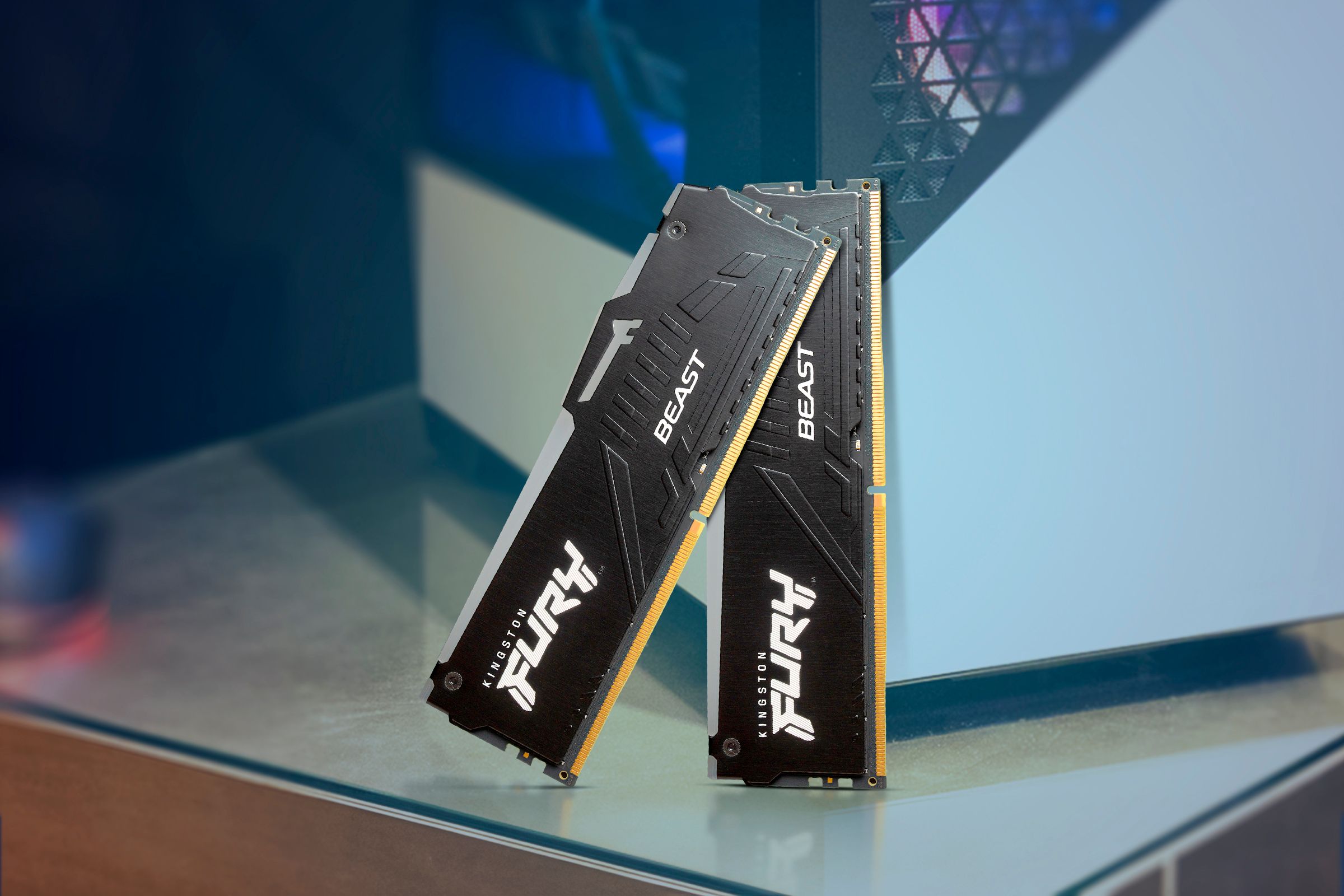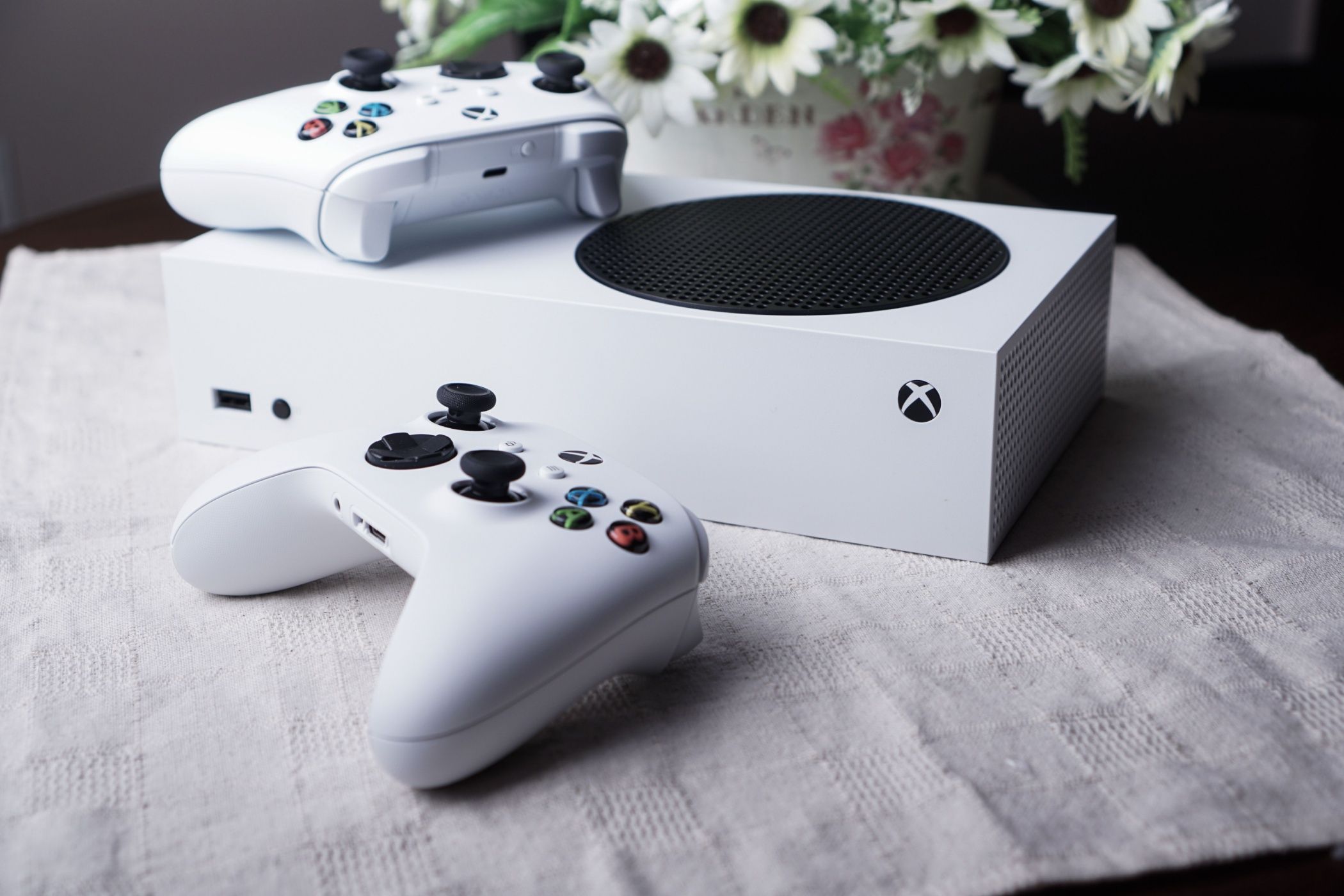What Is Microstutter In Games (And How to Fix it)?
PC Optimization
Key Takeaways
- Microstutter results from inconsistent frame delivery, making games feel less smooth than the frame rate suggests.
- Microstutter disrupts gameplay, making controls feel unresponsive and impacting the gaming experience.
- Causes of microstutter can range from GPU driver issues to high frame rates, but fixes include driver updates and frame syncing.
Have you ever played a game on your PC, but something just feels “off” about how it’s performing? The frame rate looks fine, but things just don’t look or feel smooth. While you can’t quite put your finger on it, there’s a chance what you’re looking at is microstutter.
Defining Microstutter
Microstutter happens when the frames that make up the moving image on your screen are delivered inconsistently. So, while you might be getting 30,60, or 120 frames every second, they aren’t evenly distributed over that second. The reasons for microstutter are varied, but the end result is always these rapid hitches that make a game feel like it’s running at a lower frame rate than it really is.
How Microstutter Messes Up the Gaming Experience
While this might sound like something you won’t perceive, microstutter is frankly one one of the most annoying issues, and I’d much rather have lower frame rates, or occasionally big hitches than constant microstutter. It renders a game virtually unplayable, and if you decide to power through it regardless, it severely reduces the quality of the experience.
While microstutter is annoying from a visual point of view, it’s really how it affects how games feel that make it such an issue. While some people might be less sensitive to it than others, it feels like you’re fighting for smooth control of your actions in-game, and for action games in particular, it can make things frustrating as your inputs just don’t land right in the game.
Why Does Microstutter Happen?
While microstutter itself is one simple symptom, the actual cause of it can be any of a number of things. Anything that causes consistent poor frame pacing can lead to microstutter. In the days of SLI where two graphics cards would take turns to render frames, it was one of the most common causes of microstutter, but SLI is a long-dead technology, so what could be the reason now?
One of the most common causes is an issue with your GPU drivers. This is particularly likely if microstutter started after your last driver update. It’s also more likely to happen when one component in your system is running at its absolute limit. While it’s fine and normal for your GPU to be running at 99-100% during gameplay, you CPU, RAM, or VRAM being pushed to the limit can certainly lead to frame time issues.
Microstutter can also be caused by another process or applications running in the background, interrupting the game’s code and making it wait for resources. Another surprising cause of microstutter is having very high frame rates. Since the system is working like crazy to deliver as many frames as it can, things can get a little flaky, which means frame time spikes as the load on those components vary.
The Fastest Fixes for Microstutter
Since it’s not always apparent why you’re seeing microstutter in your games, it does mean troubleshooting can feel like just throwing things at the wall to see what sticks, but you can be a little more scientific in your approach than that, if not much.
Simply restarting your computer or using Task Manager to close background processes that might be causing the issue is a simple check. A good universal step is to check if there’s a driver update for your graphics card, or if there was a recent update that you can roll back to see if the problem goes away.
You can also try activating V-sync, or some other form of frame syncing that locks your frame rate to the maximum number of frames that your monitor can display. This helps in cases where your GPU is putting out more frames than the monitor can show, and will take the strain off any single component that might be leading to frame time problems. You can also use frame rate limiters in games that have them, or on a driver level using the GPU utility software for your card.
Lowering or raising game settings can have the same effect, though generally working to optimize your graphics settings by lowering some things and raising others is a better strategy. Search for “optimized settings” along with the game title and there should be a few good suggested settings.
Sometimes You Can’t Fix It
Sometimes the cause of the microstutter is inherent to the game or to a specific game engine. If this is the case, you’ll have to wait for a patch from the developer or even the engine developer, if it’s an issue at the core of the game.
The only way to know if this is the case, is going online to see if other people are having the same issue. If microstutter is something everyone’s complaining about, it’s probably going to be a wait for a new patch.









